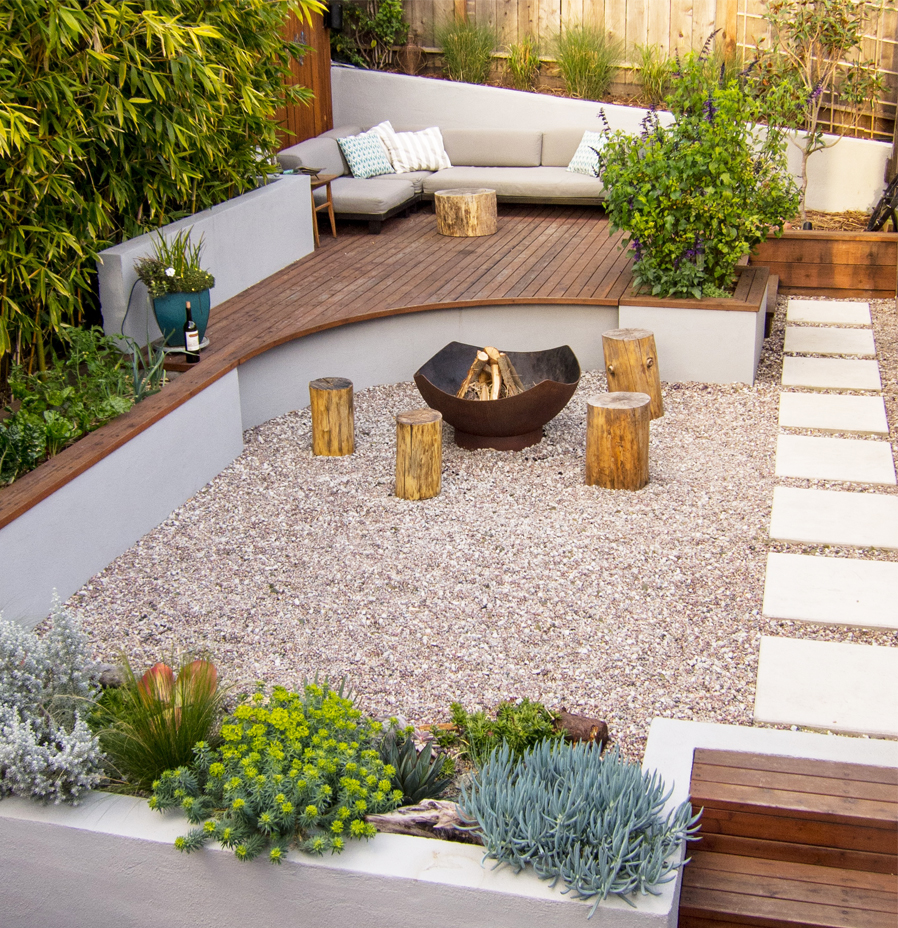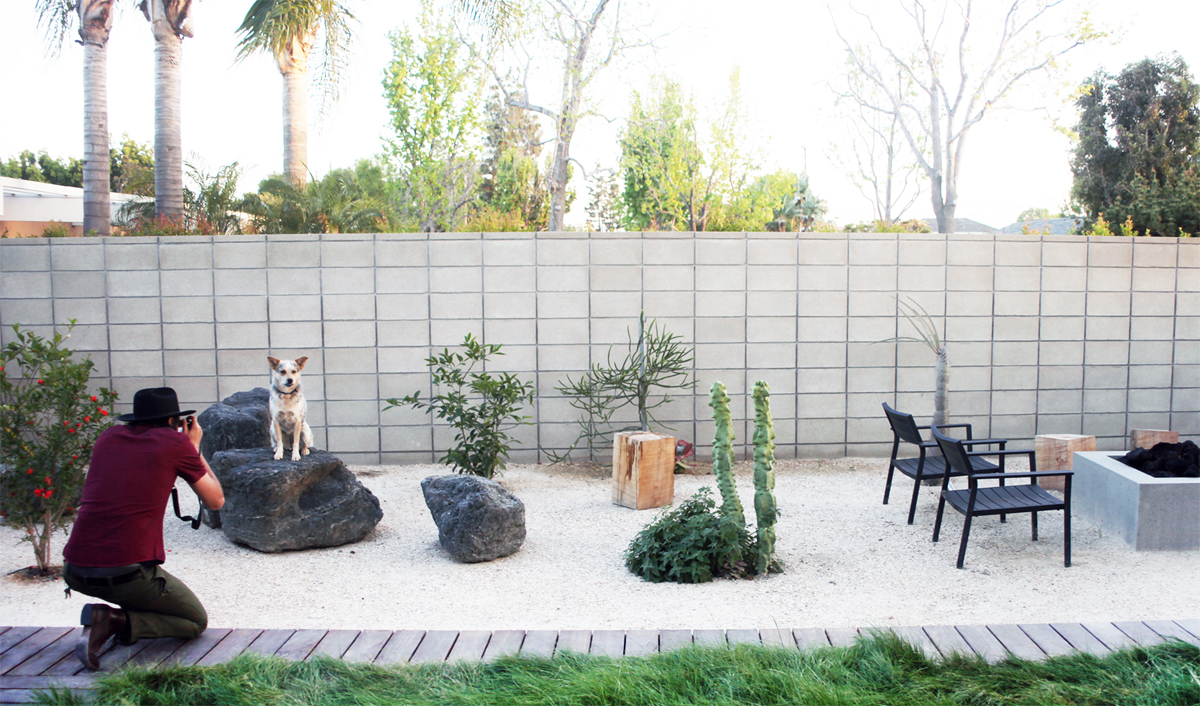House of Questions - Page 2
 |
|
|
 |
|
|
"As the current drought has worn on, clients are more open to landscaping solutions than a few years ago. They want to be seen by their family and friends as being part of the solution. So there is a real opportunity now to push the design envelope out and move the conversation forward towards some new and interesting solutions."
What are some of the unique issues today when it comes to landscapes for modern homes?
Ritchey: "I think modern and mid-century houses such as Eichlers present some of the very best opportunities for new design solutions. The thoughtful use of materials, strong lines, and minimal design style all invite the landscape to respond with a similar design language. This makes it possible to experiment with things like removing lawns completely, large patches of gravel, generous lounging and dining areas, grasses and plants that are dormant during the summer."
Godshall: "The inevitable question when we work on modern homes is whether the landscape should be an extension of the architectural geometries of the house, or the opposite: a complete deviation. Both are interesting, and depending on the client, we've done both.
"And clearly, modernism has always manipulated with the gray area between indoor and outdoor, and so that's always a consideration when we design for modern homes. The landscape often becomes a diorama that you look out on from inside, and vice versa when you're in the landscape, looking back inside at the aquarium. That visual interplay is endlessly inspirational."
What should homeowners not bring into their gardens when water use is so critical?
Ritchey: "Each situation and client is unique, so I would hesitate to make blanket statements about what should never be brought into any garden. However, there are some things that really have a large impact on water use. Two elements at the top of that list are pools and lawns.
"I encourage my clients to really think about how much of their lawn they actually use. If you want space for kids to play or dogs to run around, there are few alternatives that really work as well.
"The current trend is to simply plop some artificial turf in place of the lawn; and except in certain circumstances, I really discourage this practice. There is a real missed opportunity there to push the design language forward. That's the conversation I think we should be having."
Godshall: "We quietly discourage artificial grass because we are a bit hippy and like natural surfaces, and it's a petroleum product usually made in a foreign country. Personally I believe that a small, appropriately scaled patch of grass that is enjoyed and used in a residential setting isn't an ecological abomination.
"Mexican Feather Grass [Nassella tenuissima] is a hot topic these days, because it provides this sublime feathery texture. I admit it, we've used it before. But it'll start popping up all over the neighborhood and invading natural reserves. So look around at where you are before installing it."




